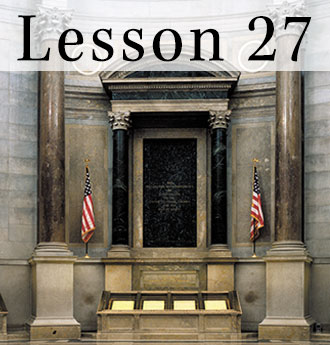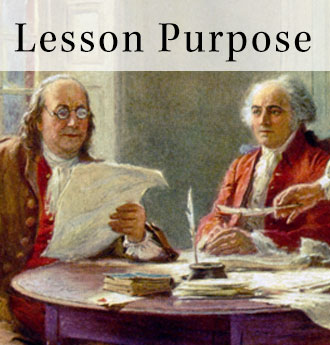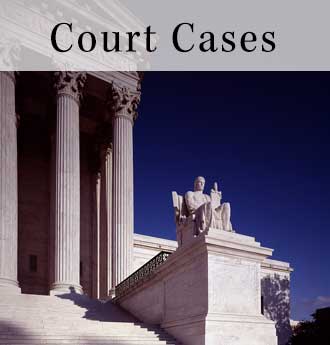Lesson 27: What Are Bills of Rights and What Kinds of Rights Does the U.S. Bill of Rights Protect?
When you have finished this lesson, you should be able to explain what bills of rights are and how they have evolved.You should be able to examine the Constitution and its amendments and identify which of the rights they contain are (1) held by individuals, classes, or categories of individuals, or institutions; (2) personal, economic, or political rights; and (3) positive or negative rights. You also should be able to identify possible conflicts among these rights. You should be able to describe various interpretations of the Second, Third, Ninth, and Tenth Amendments. Finally, you should be able to evaluate, take, and defend positions about the kinds of rights protected by the U.S. Constitution and Bill of Rights.







